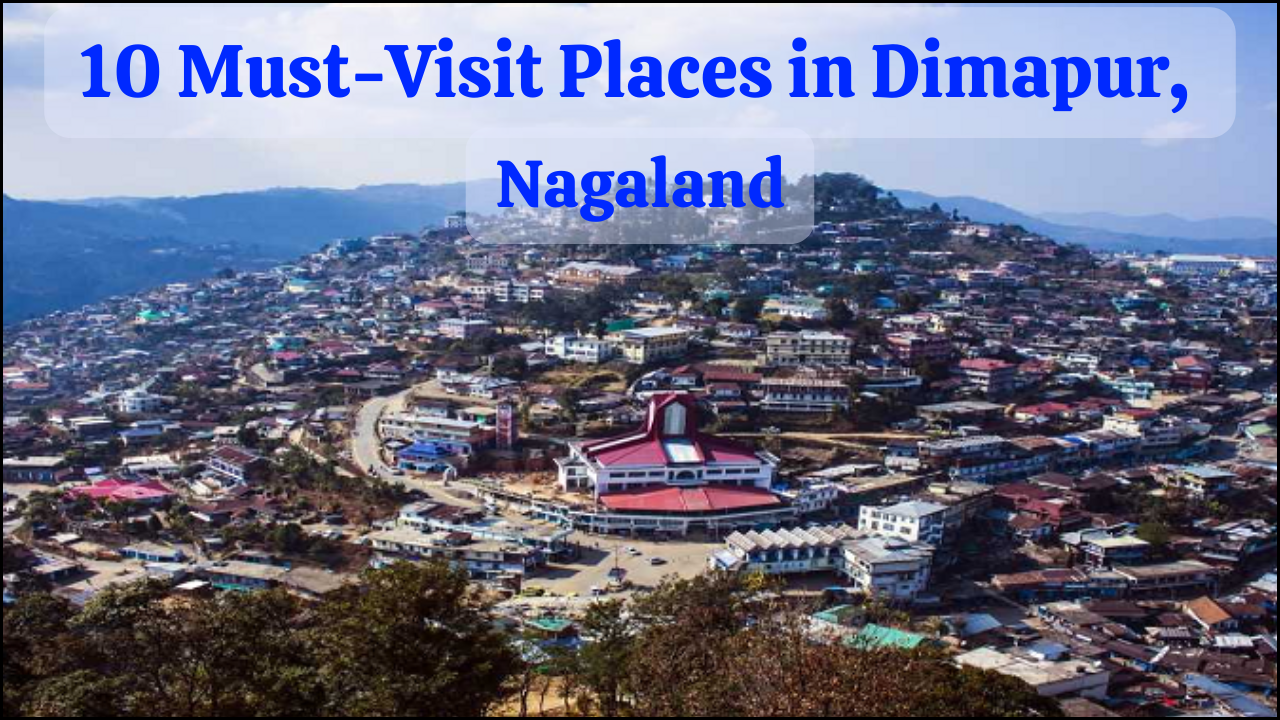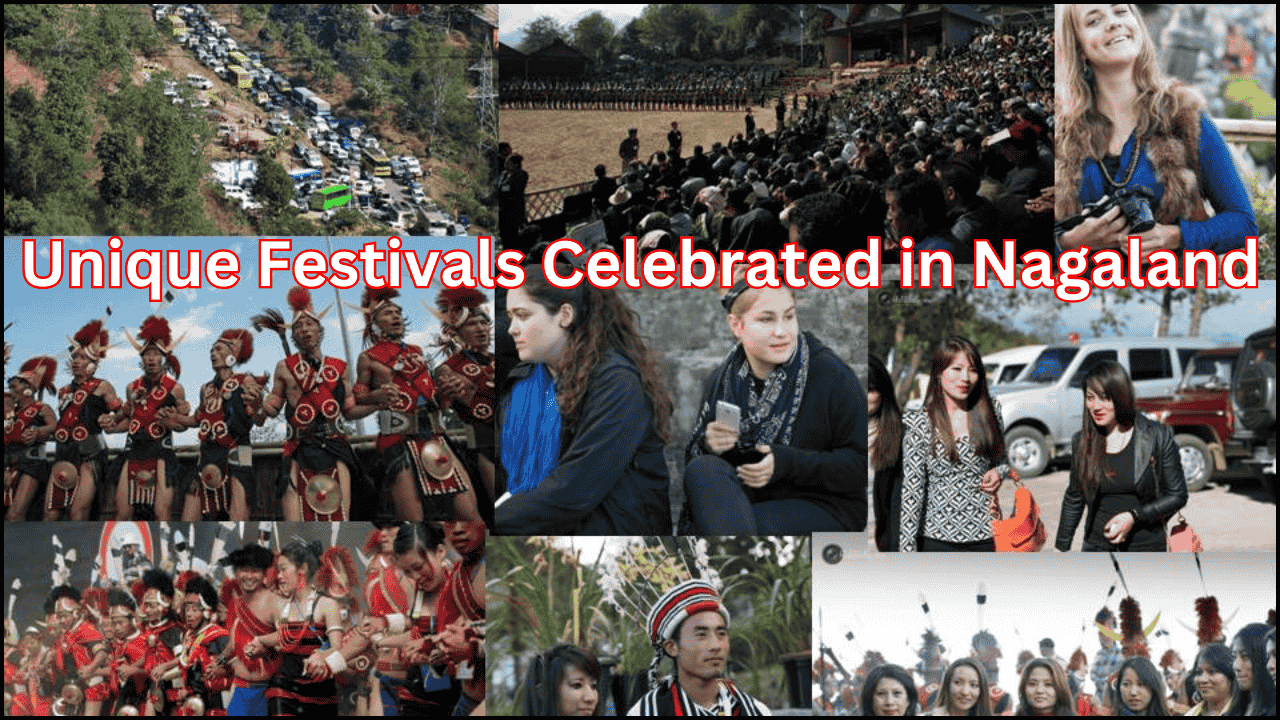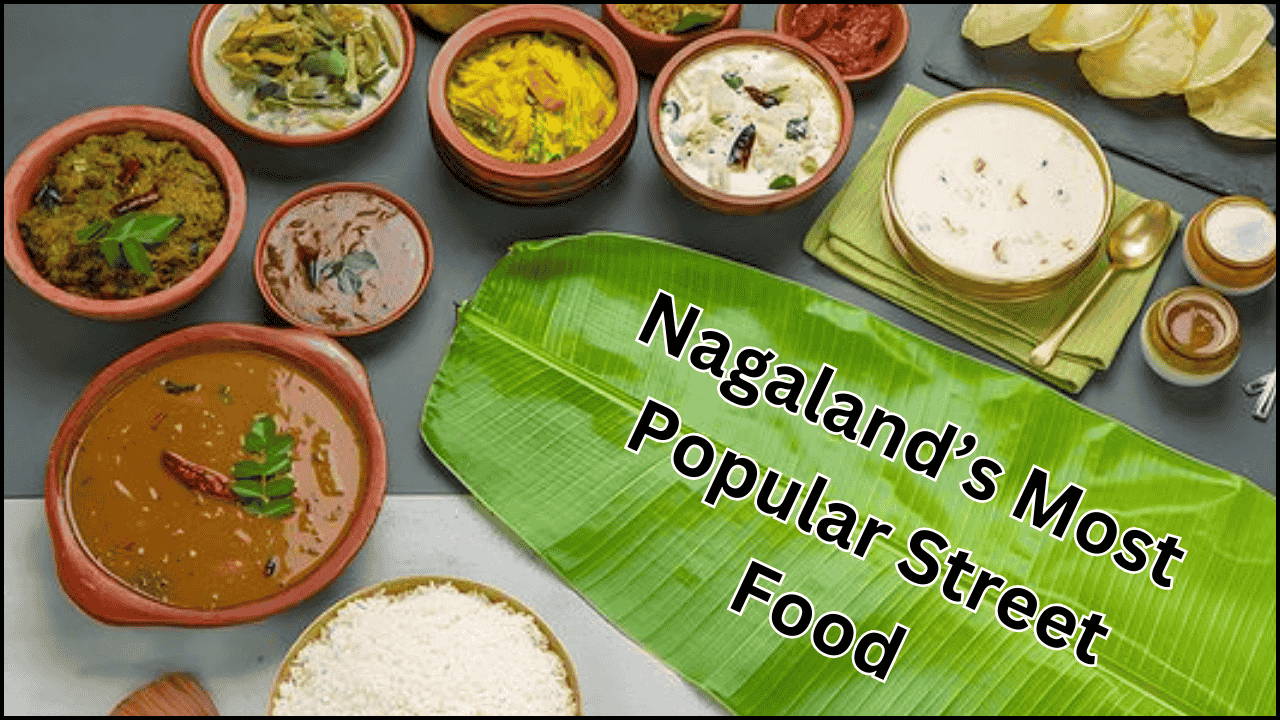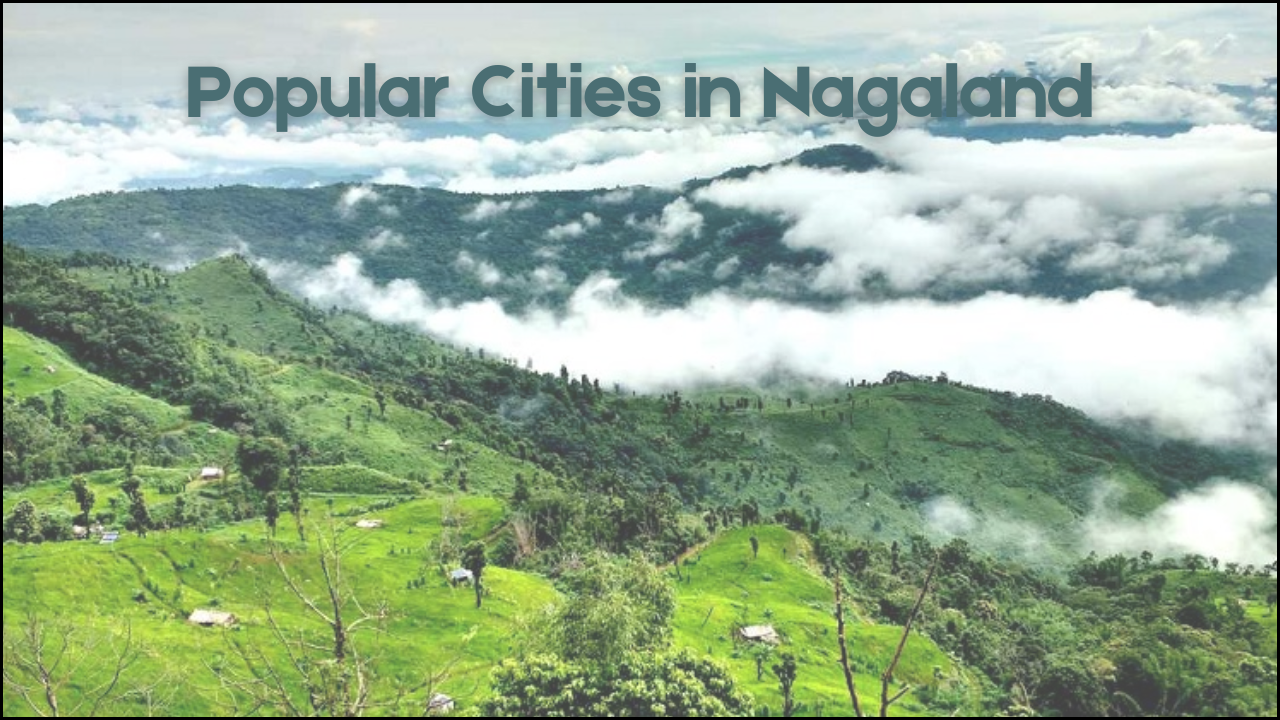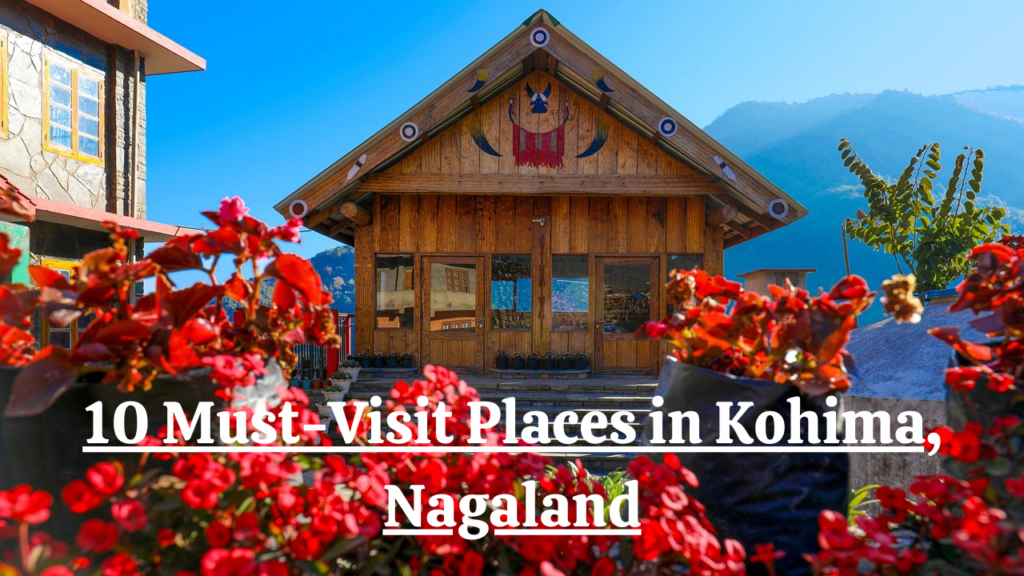
Nestled among the rolling hills of Northeast India, Kohima—the capital city of Nagaland—offers visitors a perfect blend of natural beauty, rich cultural heritage, and historical significance. This charming hill station not only serves as a gateway to explore Naga culture but also stands as a testament to the region’s fascinating history. If you’re planning a trip to this picturesque destination, here are ten places you shouldn’t miss.
1. Intanki Wildlife Sanctuary
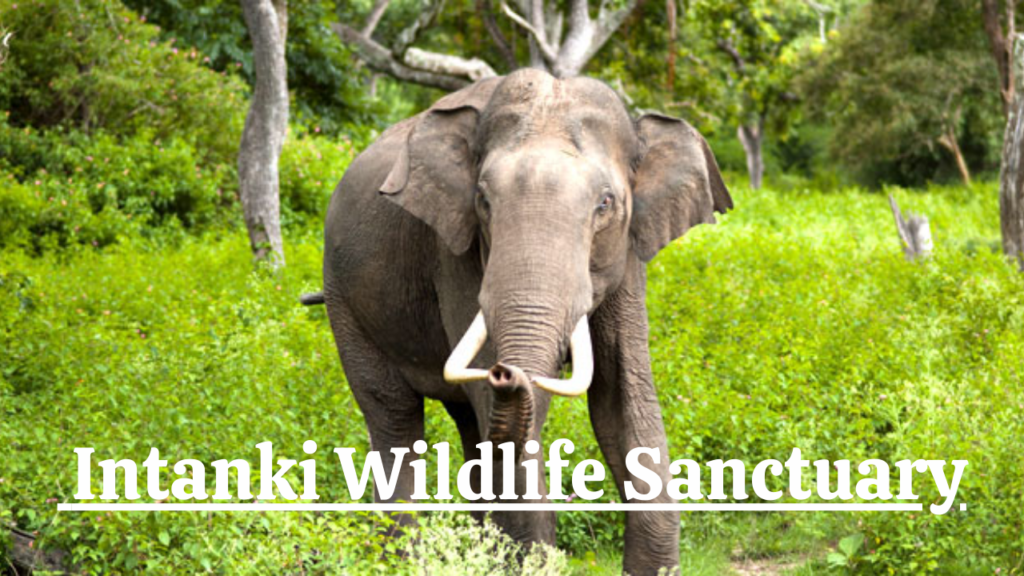
Located about 37 kilometers from Kohima, Intanki Wildlife Sanctuary is a nature lover’s paradise. Spread across 202 square kilometers of lush forest, this sanctuary is home to a diverse range of flora and fauna.
Walking through the forest paths, you might spot animals like hoolock gibbons, tigers, elephants, sloth bears, and various species of deer. Birdwatchers will delight in sighting hornbills, the state bird of Nagaland, among many other colorful avian species.
The sanctuary also features several streams and small waterfalls, creating perfect spots for picnics and quiet contemplation. The best time to visit is between November and April, when the weather is pleasant and wildlife sightings are more common.
2. Mary Help of Christians Cathedral
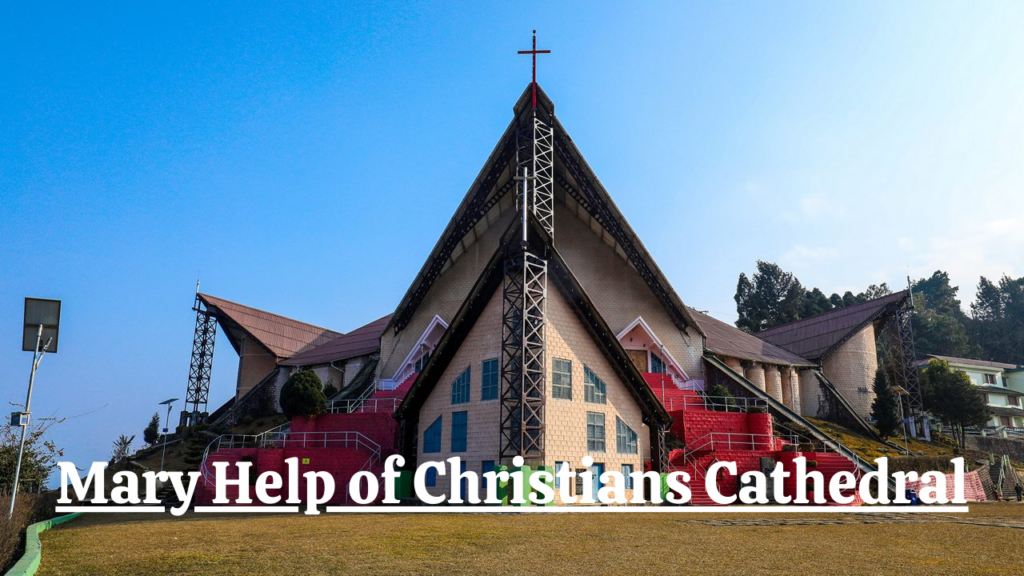
Standing tall on a hilltop, the Mary Help of Christians Cathedral is one of Kohima’s most prominent landmarks. This beautiful Roman Catholic cathedral, with its distinct white structure and tall spire, offers a peaceful retreat from the bustling city.
The cathedral’s architecture blends modern design with traditional elements, creating a unique visual appeal. Inside, you’ll find beautiful stained glass windows depicting biblical scenes alongside symbols of Naga culture—a wonderful representation of the harmonious coexistence of Christianity and local traditions in Nagaland.
Beyond its religious significance, the cathedral offers panoramic views of Kohima city from its compound, making it a favorite spot for photographers, especially during sunset.
3. Pulie Badze Wildlife Sanctuary

Just 10 kilometers from central Kohima, Pulie Badze Wildlife Sanctuary is a smaller but equally enchanting natural reserve. Named after a local freedom fighter, this sanctuary is perfect for those seeking a quick nature retreat without venturing too far from the city.
The sanctuary is known for its variety of medicinal plants and is a center for the conservation of endangered species. A trek through the forested trails reveals stunning viewpoints overlooking the valley below. The sanctuary is particularly beautiful during spring when rhododendrons bloom in vibrant colors across the landscape.
Birdwatchers will appreciate the diversity of highland bird species that call this sanctuary home, including the rare Blyth’s tragopan.
4. Kohima Zoo
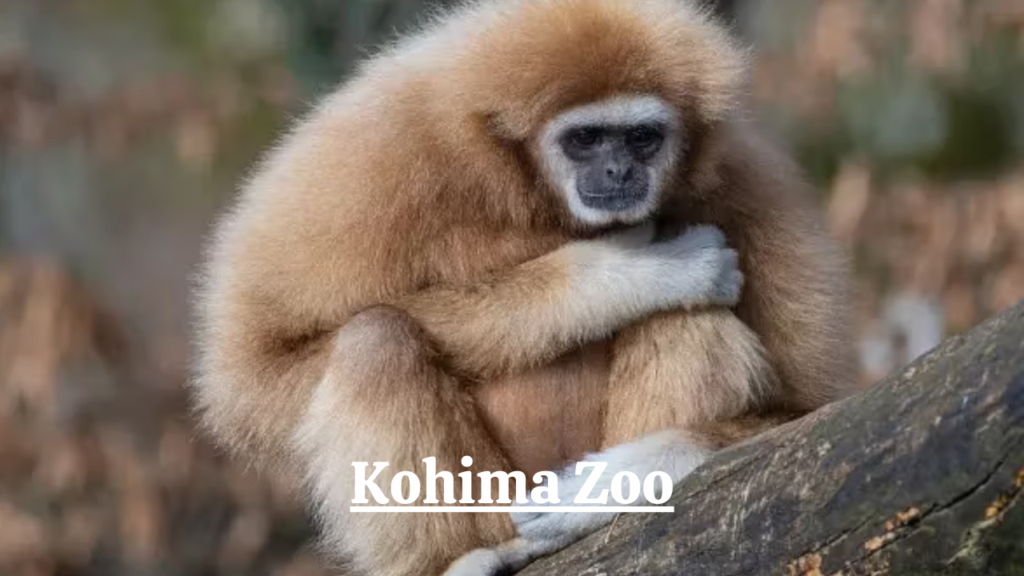
Officially known as the Nagaland Zoological Park, Kohima Zoo offers visitors a chance to see the region’s wildlife in a well-maintained environment. Located in the Rangapahar Forest area, this zoo specializes in the conservation of indigenous species of Northeast India.
The star attractions include clouded leopards, Himalayan black bears, hoolock gibbons, and various species of hornbills. The zoo’s natural setting, with enclosures designed to mimic native habitats, makes it not just educational but also a pleasant place to spend a few hours.
Children particularly enjoy the zoo’s interactive educational programs that teach about wildlife conservation and the importance of protecting Nagaland’s biodiversity.
5. Nagaland State Museum
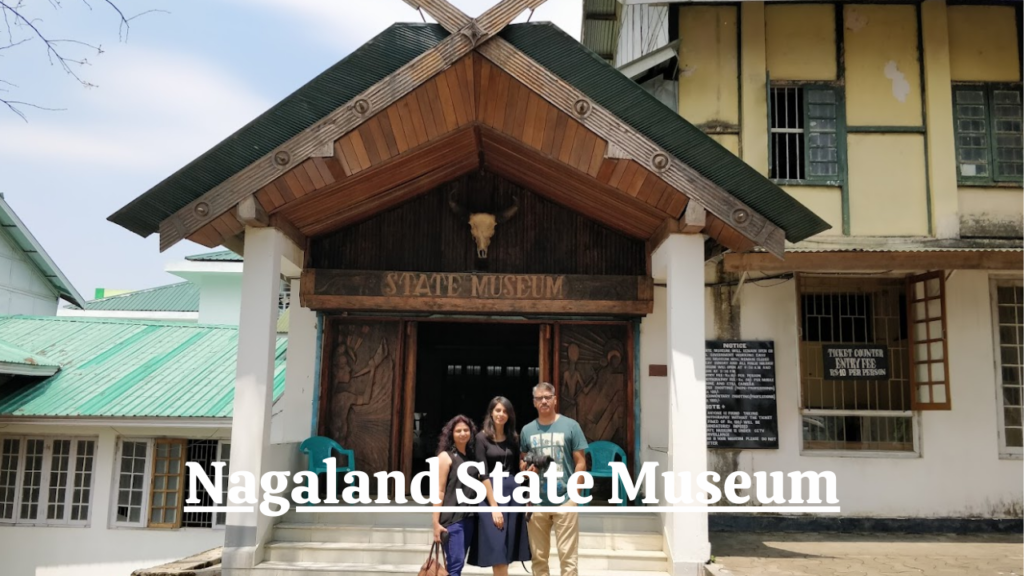
To understand the rich cultural tapestry of Nagaland, a visit to the Nagaland State Museum is essential. Located in the heart of Kohima, this museum houses an impressive collection of artifacts that showcase the history, art, and tradition of the sixteen major Naga tribes.
Exhibits include traditional weapons, intricately designed costumes, jewelry, wooden carvings, and household items that offer insights into the unique lifestyle of Naga people. The museum also features displays explaining the various festivals and rituals that form an integral part of Naga culture.
Of particular interest are the scaled models of traditional Naga morung (youth dormitories) and the detailed information about headhunting—a practice that was once central to Naga warrior tradition before the arrival of Christian missionaries.
6. Kohima War Cemetery

One of the most poignant reminders of Kohima’s historical significance, the Kohima War Cemetery, stands as a memorial to the Allied soldiers who lost their lives during the Battle of Kohima in 1944—a crucial turning point in World War II that halted the Japanese advance into India.
Meticulously maintained by the Commonwealth War Graves Commission, the cemetery features terraced graves set against the backdrop of the hills. The central memorial bears the famous epitaph: “When you go home, tell them of us and say, for your tomorrow, we gave our today.”
Visitors often find themselves deeply moved by the serene beauty of this site and the stories of bravery it represents. The cemetery also offers informational displays about the battle and its significance in world history.
7. Deputy Commissioner’s Bungalow

Dating back to the British colonial era, the Deputy Commissioner’s Bungalow is one of the oldest structures in Kohima. This historic building stands as a fine example of colonial architecture adapted to local conditions and climate.
Though it primarily serves as an administrative building, visitors can admire its distinctive architecture from the outside—the wooden framework, sloping roofs, and spacious verandas designed to withstand the region’s heavy rainfall.
The well-maintained gardens surrounding the bungalow offer a peaceful spot to relax and imagine what life might have been like during the colonial period.
8. Heritage DC Bungalow
Not to be confused with the Deputy Commissioner’s Bungalow, the Heritage DC Bungalow is a restored historical structure that now serves as a heritage site open to visitors. This building showcases the architectural style that blended British colonial design with adaptations for Nagaland’s climate and terrain.
Inside, you’ll find exhibits displaying photographs and artifacts from Kohima’s past, offering glimpses into the city’s transformation over the decades. The structure itself, with its wooden floors, high ceilings, and period furniture, transports visitors to a bygone era.
The bungalow’s hilltop location also provides excellent views of the surrounding landscape, making it worth visiting even for the vistas alone.
9. Shopping in Kohima
No visit to Kohima is complete without exploring its vibrant markets. The city offers several shopping destinations where you can purchase authentic Naga handicrafts, textiles, and food products.
The Central Market, locally known as Ema Keithel (Mother’s Market), is bustling with activity and offers everything from fresh produce to traditional shawls and bamboo crafts. For a more curated shopping experience, visit the Nagaland Handloom and Handicrafts Development Corporation showroom, where you can find high-quality Naga textiles, wood carvings, and cane products.
Don’t miss trying local delicacies like smoked meat, bamboo shoot pickles, and the famous king chili (one of the world’s hottest) products that make for unique souvenirs.
10. Dzukou Valley

Though technically located on the border between Nagaland and Manipur, about 20 kilometers from Kohima, no list of Kohima attractions would be complete without mentioning the breathtaking Dzukou Valley. Often called “the valley of flowers,” this natural paradise sits at an altitude of 2,452 meters above sea level.
The valley is famous for its rolling hills, seasonal wildflowers (especially the rare Dzukou lily that blooms in summer), and clear streams cutting through the landscape. The trek to the valley from Kohima is moderately challenging but immensely rewarding, with stunning views throughout the journey.
For the full experience, many visitors choose to camp overnight in the valley, waking up to misty mornings and breathtaking sunrise views. The valley is particularly magical during the months of June to September when it transforms into a carpet of colorful wildflowers.
